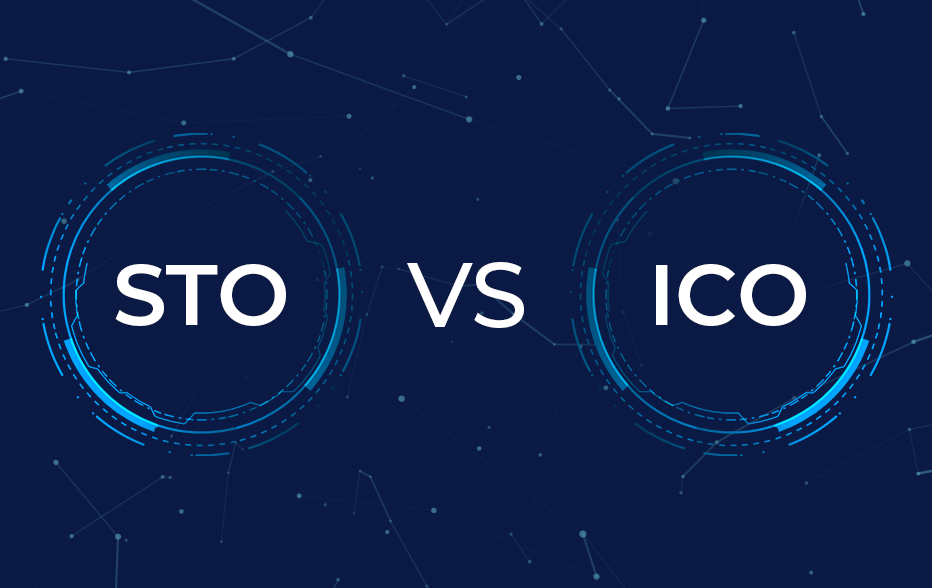How to Raise Capital in 2023

Raising capital is an essential part of any business journey. If you’re looking for ways to raise capital for your new business, you’re not alone. According to a 2020 report by the Small Business Administration (SBA), small businesses borrowed $645 billion. That’s more than the GDP of Sweden! Whether you are a startup or an established business, understanding the capital-raising process can help you prepare for the road ahead.
Overview of the Capital Raising Process
Capital is the lifeblood of business. Without capital, you cannot continue to fund your daily operations. Raising money for a business is just the first step to get it off the ground. Beyond that, you may need to raise funds to keep it moving. According to the U.S. Bureau of Labor Statistics, lack of capital is one of the leading reasons businesses fail to survive, with just 25 percent of businesses lasting past 15 years. https://about.crunchbase.com/blog/raising-capital/
Raising capital is a complex process that involves a lot of planning and forethought. The process begins with creating a fundraising strategy. This involves understanding the amount of capital needed, the types of capital available, and the timeline of when the capital needs to be acquired. It also includes understanding the types of investors you are targeting and engaging them in meaningful conversations.
Once a fundraising strategy is developed, it is important to create a pitch deck that presents your company’s story and financials in an engaging way. Investors will also want to review your due diligence materials before making any commitments. Additionally, depending on the type of capital raised, structuring equity and debt financing deals can be complex and require the help of legal professionals.
Finally, depending on the type and size of the capital raised, there may be regulatory requirements that need to be fulfilled. It is important to understand these requirements and plan accordingly. Leveraging technology to streamline the capital raising process can also help to make the process smoother.
It is important to remember that the capital raising process is a long-term endeavor. It is important to be patient and persistent in order to find the right investors and secure the capital needed. Additionally, it is important to be open to feedback and willing to make adjustments to the fundraising strategy as needed.
Understanding Different Types of Capital
Raising capital begins with understanding your options for injecting that vital liquidity into your business.
Capital raising can come from a variety of sources. The right option for your company largely depends on your current circumstances and weighing the pros and cons of each option. Basically, there are two types of capital:
Debt capital: Debt capital is the most common way start-ups get the money together to launch their businesses. The concept of debt capital is that you borrow money to raise the necessary funds. Traditional bank loans, credit cards, online lenders and Federal loan programs are just some of the ways you can start raising capital via debt.
Equity capital: Equity capital comes in two forms: private and public equity. In both cases the equity capital comes in the form of shares in the company. The distinction is that a publicly traded company can be bought on the open market by anyone, whereas private equity is strictly traded among a closed group of investors. When someone purchases a share in your company, they are providing capital in exchange for a form of ownership.
Security Tokens: This form of funding is a relatively new mechanism and plays an important role in the digital economy. This new asset class can be issued as either debt or equity capital, and in some cases can be designed as a hybrid instrument to suit the needs of the parties. Security tokens are at their core, digital securities on a blockchain infrastructure. Start-ups most commonly issue them in the form of ownership shares (equity) for fundraising purposes during a token sale.
The Advantages of Raising Capital With A Security Token Offering
Security Token Offerings are a capital raising mechanism that combines the innovation and decentralization provided by blockchain with the scrutiny and oversight from traditional regulators. STOs have all the advantages of blockchain: the absence of an intermediary party, the possibility of trading 24/7, and lower entry costs relative to traditional markets. STOs may require regulatory filings conveying a sense of transparency for all parties. In practice, Security Tokens act like ordinary securities you can trade in regulated, digital markets.
The inherent benefits which security tokens offer warrant a deeper dive as we look forward into the realm of capital raise in 2023.
- Liquidity and Fractionalization: Blockchain empowered fractionalization of assets effectively reduces the minimum investment threshold for investors. This encourages more participation in private market securities, real-estate and collectables, thereby bringing unprecedented liquidity to these asset classes.
- Security and Record Immutability: In addition to increased liquidity, another feature of this technology is the immutability of ownership records in relation to the underlying asset of the security token.
- Automated Dividend Distribution: Investors in an STO benefit from the utilization of blockchain technology and the automatic execution of certain operations through smart contracts which embody transparency, autonomy, cost reduction, speed and automation. Security tokens could be programmed to automatically instruct dividend distribution at a predetermined pay date.
- Automating Voting Rights: Security token issuers could integrate on-chain voting into their token contracts, expediting the voting process for all business types.
- Supporting Multiple Capital Types: Unlike traditional securities, which typically fall in either the equity or debt categories, security tokens allow for a wide range of hybrid capital types. For example, a security token can function as a convertible note, which starts as short-term debt and is converted into equity in the issuing company. The convertible note is automatically changed into equity once a specific milestone has been reached.
What is A Private Placement Memorandum (“PPM”)

PPM is a document that outlines the terms of securities to be offered in a private placement, resembling a business plan in content and structure.
The purpose of the PPM is to provide necessary disclosures about the risks, strategies, management team, investment criteria and other information about the issuer’s securities to protect itself and the issuer’s principals against claims of misrepresentation or omission. (A PPM would be required in the case of securities issued under the SEC Reg D or Reg S exemptions. An offering circular is required for Reg A+ offering and a full prospectus is required for S1 and F1 offerings.)
A 9-Step STO Checklist for Issuers
- Develop a clear fundraising strategy with a realistic timeline: Be sure to include all details and don’t get caught up in “get-rich-quick” hyped promises.
- Identify potential investors who understand your vision: You don’t want to convert a non-believer, rather work with like-minded investors.
- Create a pitch deck that presents your story in an engaging and understandable way: First impressions are lasting, let your passion come through and resonate with potential investors.
- Engage a legal team to help prepare a private placement memorandum (PPM) : The purpose of the PPM is to provide necessary disclosures about the risks, strategies, management team, investment criteria and other information about the issuer’s securities to protect itself and the issuer’s principals against claims of misrepresentation or omission. (A PPM would be required in the case of registering a security token with the SECsecurities issued under the SEC Reg D or Reg S exemptions. An offering circular is required for Reg A+ offering and a full prospectus is required for S1 and F1 offerings.)
- Structure the terms of your investment: You’ll need to determine what investors will be getting in return for investments. Will their tokens earn them profit share? Voting rights? Exclusive content? All this must be decided in advance.
- Manage the due diligence process with transparency: In order to comply with regulation, you’ll need be clear, honest and upfront in all disclosures so there is no reason for investors to doubt or question your integrity.
- Build the smart contract for your security token. Work with developers that have the knowledge and experience to ensure that the technology is utilized to it’s full capability.
- Market your offering to institutional and retail investors. Craft your brand message and utilize it to reach out to potential investors across multiple channels. Keep in mind that different sets of investors will require a different language. For example, you might want to attract retail investors on Twitter and institutional investors through bespoke email lists.
- Manage your cap table on an ongoing basis. Investors will want to see how equity is distributed going forward, and an insight into your business’s potential for growth.
Traditional methods of raising capital have served new and existing businesses for almost eight decades, and in so doing played an integral role in the traditional economy. The business of raising capital will continue to provide opportunities for entrepreneurs, businesses, and investors alike. What’s new is the means available to all the players. Since the start of 2020 we have witnessed the dawning of a new digital economy, which in spite of it’s growing pains has gained traction across the globe. The reason for this acceptance is in large part attributable to the merits of blockchain. Security tokens encompass all the attributes of this technological breakthrough, serving the global demand for transparency and accessibility in today’s financial ecosystem.
The INX Way
INX is in the unique position of being the first SEC regulated provider in this space. Their journey began with the company registering for their own security token which is currently offered on the INX.One platform – an SEC regulated digital exchange. This end-to-end platform covers the entire process from due diligence, smart contract creation,cap table management and token issuance.In addition, they provide expertise on the legal and marketing aspects of your raise as well. And, unsurprisingly INX has gone even one step further, by writing a comprehensive book covering all aspects of raising capital through security tokens.
Indeed, this is the new way to raise capital in 2023. If you’re looking to start your capital raise journey, visit our website.
David Azaraf February 1, 2023
Crypto enthusiast, help businesses plug into the token economy





